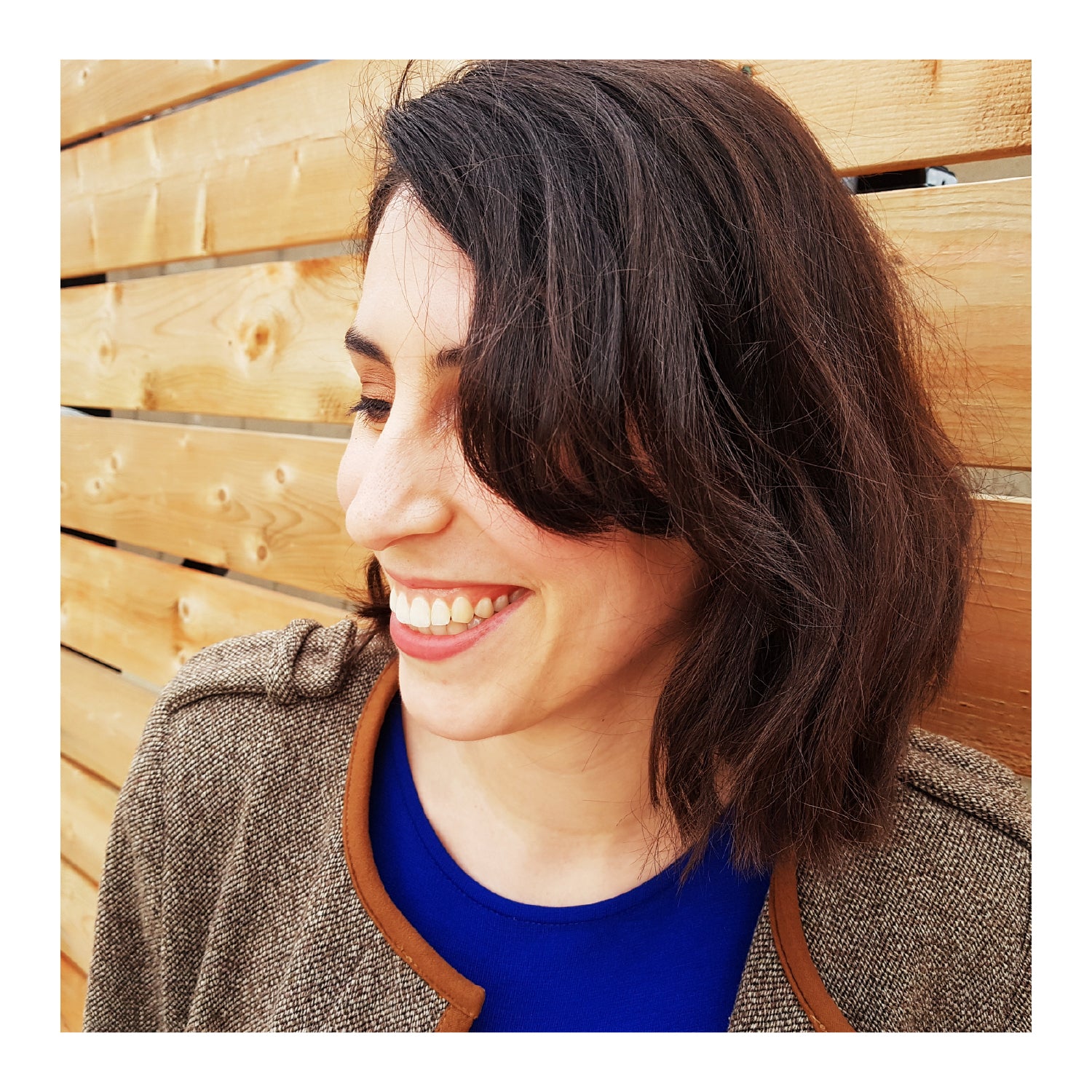It’s undeniable that a pillow is one of the quicker projects we quilters have in our arsenal when a special occasion is approaching, or when we need a simple finish after a larger project.
One of my favourite ways to finish a pillow is by making an envelope backing. It's a popular choice because it doesn’t require any special closures, like a zipper, to get a professional finish. In fact, it's likely you can find enough yardage to make your panels (or if you're more adventurous, piece your panels) just by shopping your stash.
Many quilt patterns include pillow cover projects, including many of my own, so having a helpful tutorial to guide you through to the finish line is a must. And lucky for you, I’ve put one together! Bookmark this page to ensure you have the instructions handy for all the wonderful pillow projects ahead of you.
In this tutorial, I’m adding an envelope backing to one of my Flight Series 24” x 24” pillow tops. Note that this tutorial is for a pillow that you are planning to bind as well.


Before we get started on the instructions, here's how you can recreate the same project:
Recreate this Ruby Star Society Flight Series Pillow
Supplies
- Oliso Smart Iron
- Fusible Batting - Pellon H45-B (you can use regular batting and an inexpensive cotton, such as muslin, to make your quilt sandwich, too)
- Aurifil 50wt in Dove for piecing, in Caramel for quilting, and in Mint for top stitching
- Pins or clips
- Scissors
- Sewing machine
Collect Your Fabrics
The sample features the following Ruby Star Society fabrics (left to right):
- For Fabric A: Metallic Goldfish in Succulent, Curio Collection by Melody Miller
- For Fabric B: Whisper in Frost, Firefly Collection by Sarah Watts
- For Fabric C: Speckled in Parchment by Rashida Coleman-Hale
- For Fabric D: Roses in Moss Metallic, Curio Collection by Melody Miller
- For Fabric E: Labyrinth in Cactus, Linear Collection by Rashida Coleman-Hale
- For Fabric F: Not applicable when making (1) pillow project
- For backing: Essex yarn dyed in Seafoam
- For binding: Remnant of Ruby Star Society fabric
Sew Your Departure Pillow Top
Purchase the Flight Series PDF or paper pattern and make the Departure design (background only) in 18" x 18" or 24” x 24". In this sample, no appliqué was added. Quilt your top and square it before continuing.
Step-by-Step Tutorial: Envelope Pillow Backing
Follow the directions below to prepare and attach your envelope backing.
Step 1: Prepare a Binding Strip
Cut (1) 1½" x 18½" strip for an 18" project or (1) 1½" x 24½" strip for a 24" project from a fabric of your choice. You can use a contrasting fabric or the same fabric as your backing.

Fold in half, wrong sides together, and press to create a centre crease.


Fold each raw edge to the centre crease, wrong sides together, and press again.


Fold the entire strip in half to create a binding strip.

Step 2: Cut Envelope Pillow Panels
Cut (2) 12" x 18½" panels for an 18" project or (2) 18" x 24½" panels for an 24" project from your backing fabric.

Step 3: Finish the Raw Edge of the Bottom Panel
Determine the orientation of your top and bottom panels. If your fabrics are directional this step is particularly important.

Place the top raw edge of the bottom panel between the prepared binding strip. Pin in place and top stitch. Backstitching is not required.

I used a 3mm stitch length for my topstitch and Aurifil 50wt. To achieve an even stitch line, pick a reference point on your machine’s foot to align the edge of your binding.


Step 4: Finish the Raw Edge of the Top Panel
Fold the bottom raw edge of the top panel ¼", wrong sides together, and press.

Fold ¼" again, and press. Top stitch to finish. You don’t need to backstitch.

Step 5: Place and Pin Envelope Pillow Panels
You will have to two panels, each with one finished long edge. The top panel will have a hemmed bottom edge, and the bottom panel will have a top binded edge as shown below.

Place the pillow top right side down and confirm that your pillow top is in the correct orientation.
Place the top panel on the pillow top, wrong sides together. Match the top and side raw edges. The finished long edge should be in the centre of the pillow. Pin in place.

Place the bottom panel on the pillow top, wrong sides together. Match the bottom and side raw edges. The binded long edge should be in the centre of the pillow as shown below.

Pin in place.
Step 6: Baste Envelope Pillow Panels
Baste the panels to the pillow top approximately 1⁄8" along the pillow’s perimeter.

Step 7: Attach Binding
Attach binding using your preferred method. For the sample, the binding was machine-sewn to the front of the pillow top, and hand sewn to the back.





1 comment
Lovely pillows that you have designed. I really like your ideas. I have created numerous pillows using left over antique quilt blocks,after making many quilts from blocks, made by my grandmother. The fabrics were from the 1920 to late 1940 time frame. When I recently gifted some of those quilts to her great great granddaughters, (my nieces) a pillow or 2 accompanied each quilt. It gave the young ladies a link into history to a great seamstress and artist with fabrics.
Thanks you for the lovely ideas. MSC